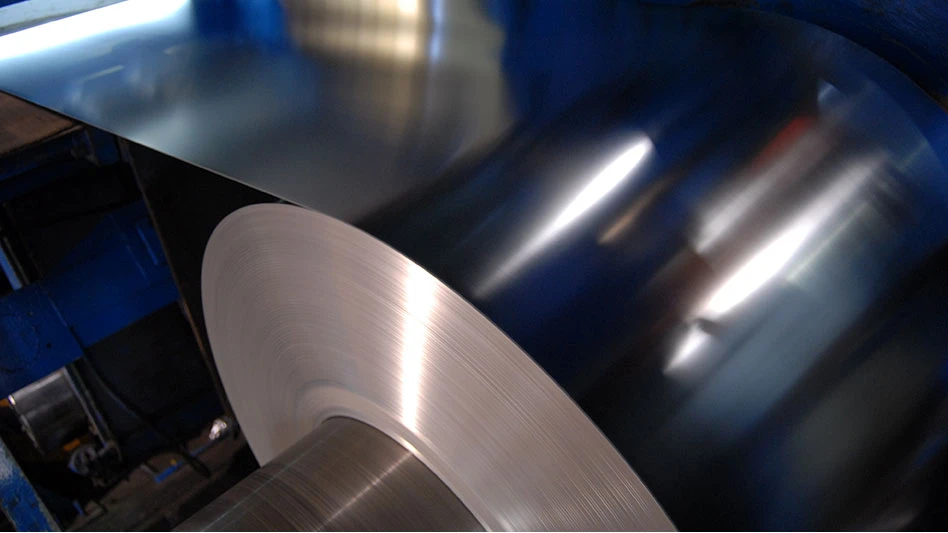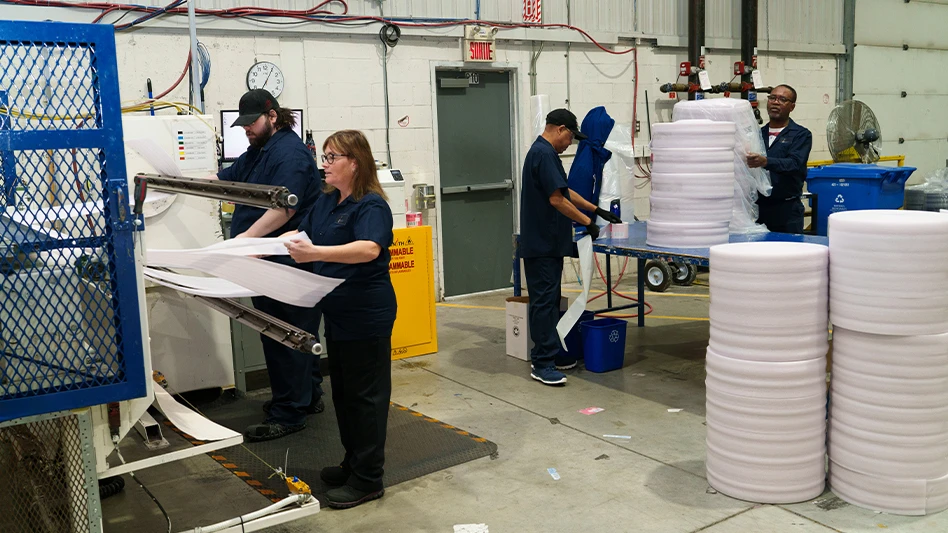Nonferrous scrap recyclers and traders selling their products on the global market continue to describe bearish conditions in Europe, Asia and the United States for a myriad of reasons. Chief among these has been the declining drop in demand from Chinese buyers of nonferrous metals, but it’s not the only factor.
All summer long, traders have lamented the declining demand for nonferrous scrap from China, and more plentiful supplies of finished product inventories also have affected the markets.
Evidence of the bearish conditions have been portrayed by LME and Comex copper price drops and by declining aluminium premiums for much of the year.
The LME price of copper reached a six-year low in July, then again in August when it fell below the $5,000 per tonne mark.
Recent currency movements have only made the situation worse. David Chiao of Uni-All Group Ltd., based in the United States, who also is president of the Brussels-based Bureau of International Recycling’s (BIR) Nonferrous Division, says the August devaluing of the Chinese renminbi has been “the last straw” for a global nonferrous scrap market that was already enduring signs of lower demand for nonferrous scrap from Chinese consumers.

He also says President Xi Jinping’s efforts to crack down on corruption have triggered slowdowns in the country’s real estate, construction and infrastructure development projects, which in turn has reduced demand for the metals needed to supply those projects.
Another factor, Chiao says, has been continued overcapacity in the nonferrous sector.
“During the past 15 to 20 years, the steel and copper mills and aluminium smelters have all expanded, and in fact more than tripled,” he says, adding, “The facility idling and overcapacity is a very big issue.”
Chiao says the strong U.S. currency has been another major factor affecting Asian buyers. With the Chinese renminbi having been devalued by about 3% as of mid-August, “that really affects a lot of our business.”
Uni-All is based in Atlanta, and Chiao says his company sells nonferrous scrap metals in dollars, which, because of the devaluation, have become 3% more expensive for Chinese buyers. Combined with commodity price drops of a few cents each day, he says, Chinese buyers are hurt by both declining commodity values and the changing exchange rates that have made U.S. scrap costlier.
While Chiao says Chinese buyers continued in late summer to look to U.S. suppliers for some scrap, volumes were certainly lower. Meanwhile, European suppliers of nonferrous scrap metals may be in a slightly better position to negotiate going forward, Chiao says. He adds, however, that most of those deals are conducted in U.S. dollars too.
Another factor affecting the appeal of European suppliers at the moment, Chiao says, is the region’s usual summer holiday, historically observed by businesses during the months of July, August and into September.
“So there is not much production there either,” he says. In addition, Chiao says European customers are not as interested in U.S. scrap with this year’s euro-to-dollar exchange rates. “They cannot afford American scrap anymore,” he says.
Chiao says he believes the U.S. dollar will maintain its strong position for some time to come, which means trade flows could shift.
“After production returns, I would say that more Chinese buyers will turn to Europe,” he says. In addition, he adds, “I don’t think the president will stop the crackdown on corruption, so I will say this situation will continue.”
Chiao says one of the key economic indicators to watch is the Hong Kong Purchasing Managers’ Index (PMI), which has been below 50 for much of the last two years. A reading below 50 is widely considered a sign of manufacturing contraction during the period.
“We always monitor that figure,” he says. “That tells us a lot about the situation in China.”
Furthermore, Chiao says reports of 7% growth in China’s economy don’t seem to match with the country’s manufacturing activity. He says he believes the majority of the country’s growth has historically come from the manufacturing sector, as opposed to the retail and services sectors.
Meanwhile, Will Adams, head of research for the commodities research service Fastmarkets (www.fastmarkets.com) says while there have been some supply disruptions for copper producers—situations that bode well for the scrap industry—additional bullish signs on the demand side are in order.
“There needs to be a reason for the buyers to say, ‘we can use the low prices now.’”
On the aluminium side, as well, Adams says it’s hard to be bullish, considering the excess supply of primary aluminium in the market. He says while there likely will be short covering rallies for aluminium, “prices do need to fall to make sure there are more production cutbacks.”
Latest from Recycling Today
- Nucor names new president
- DOE rare earths funding is open to recyclers
- Design for Recycling Resolution introduced
- PetStar PET recycling plant expands
- Iron Bull addresses scrap handling needs with custom hoppers
- REgroup, CP Group to build advanced MRF in Nova Scotia
- Oregon county expands options for hard-to-recycling items
- Flexible plastic packaging initiative launches in Canada





